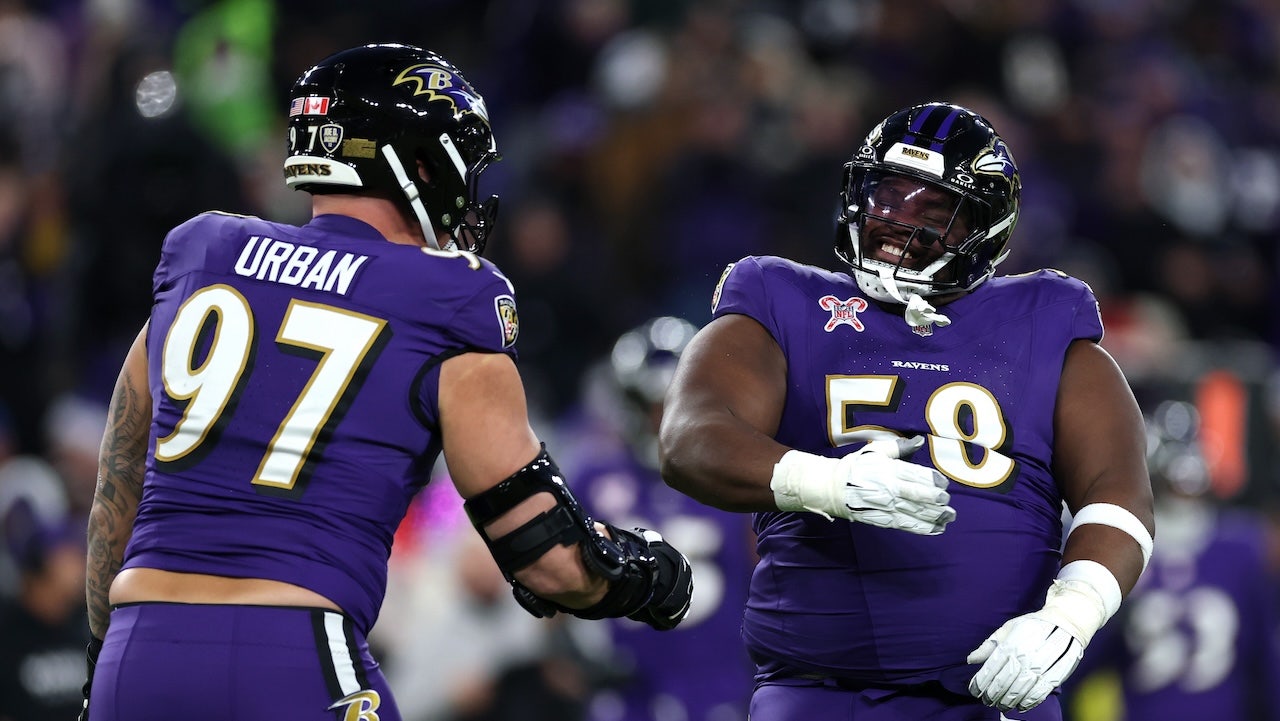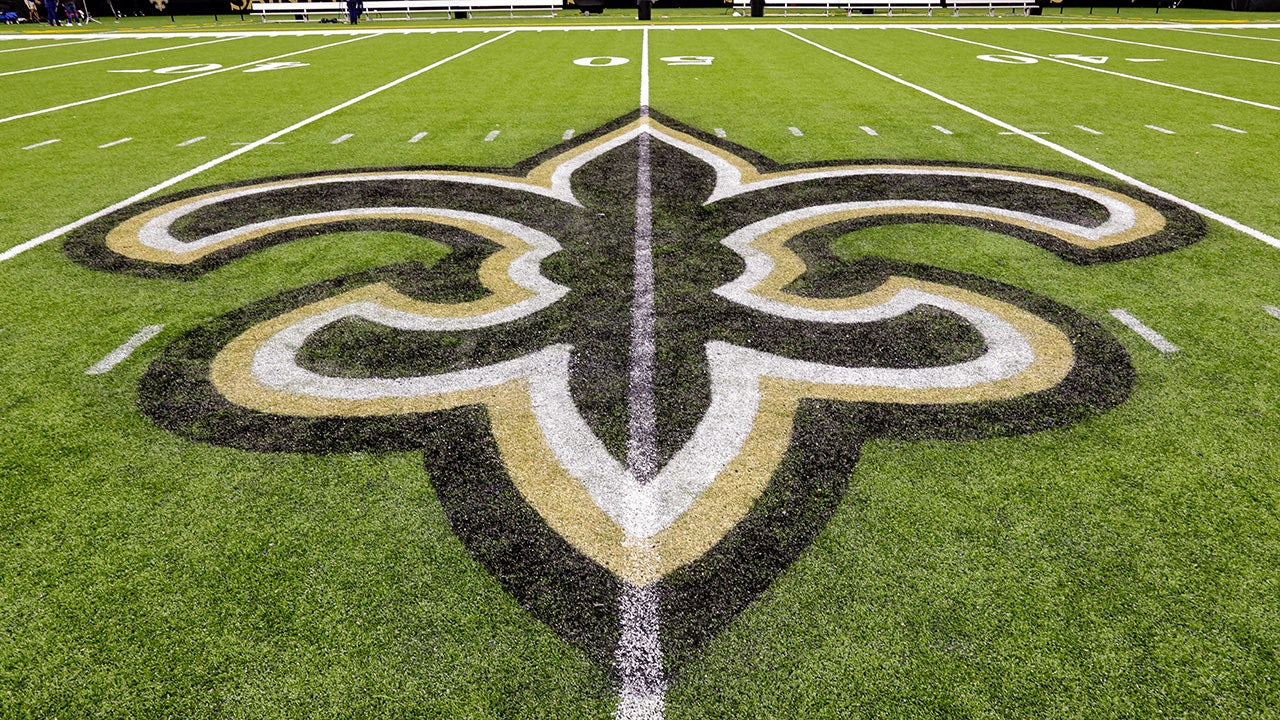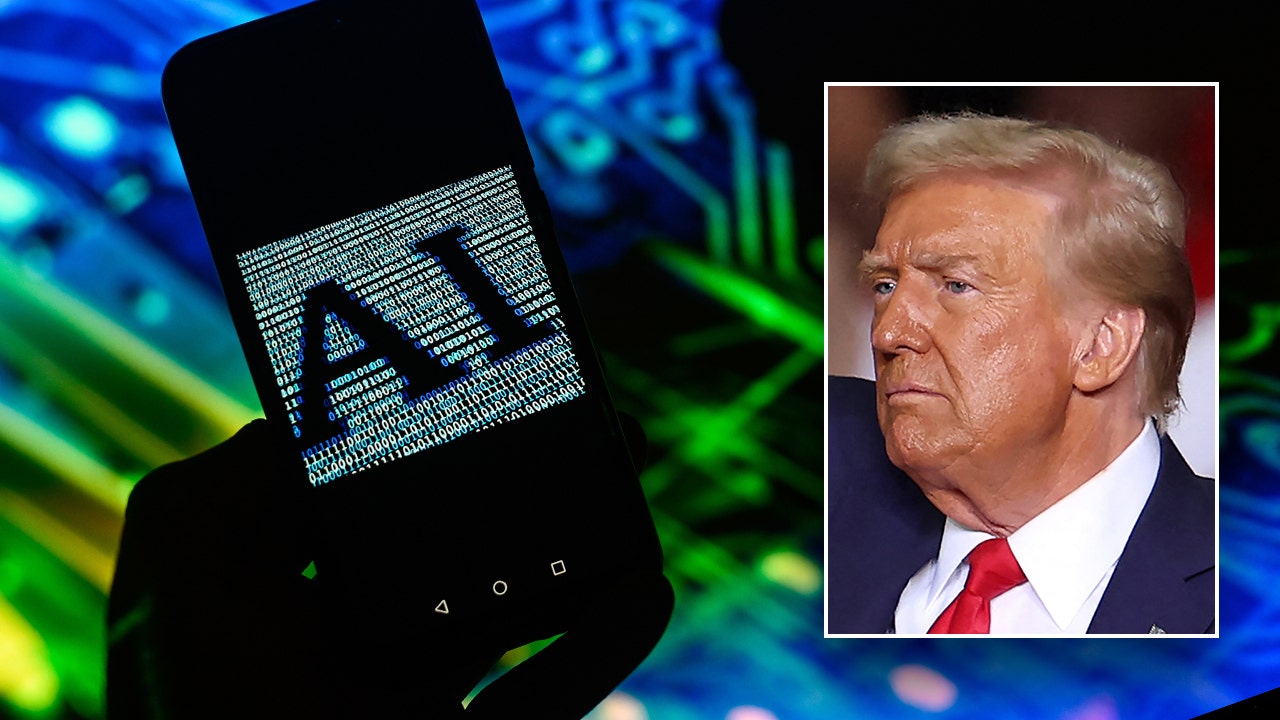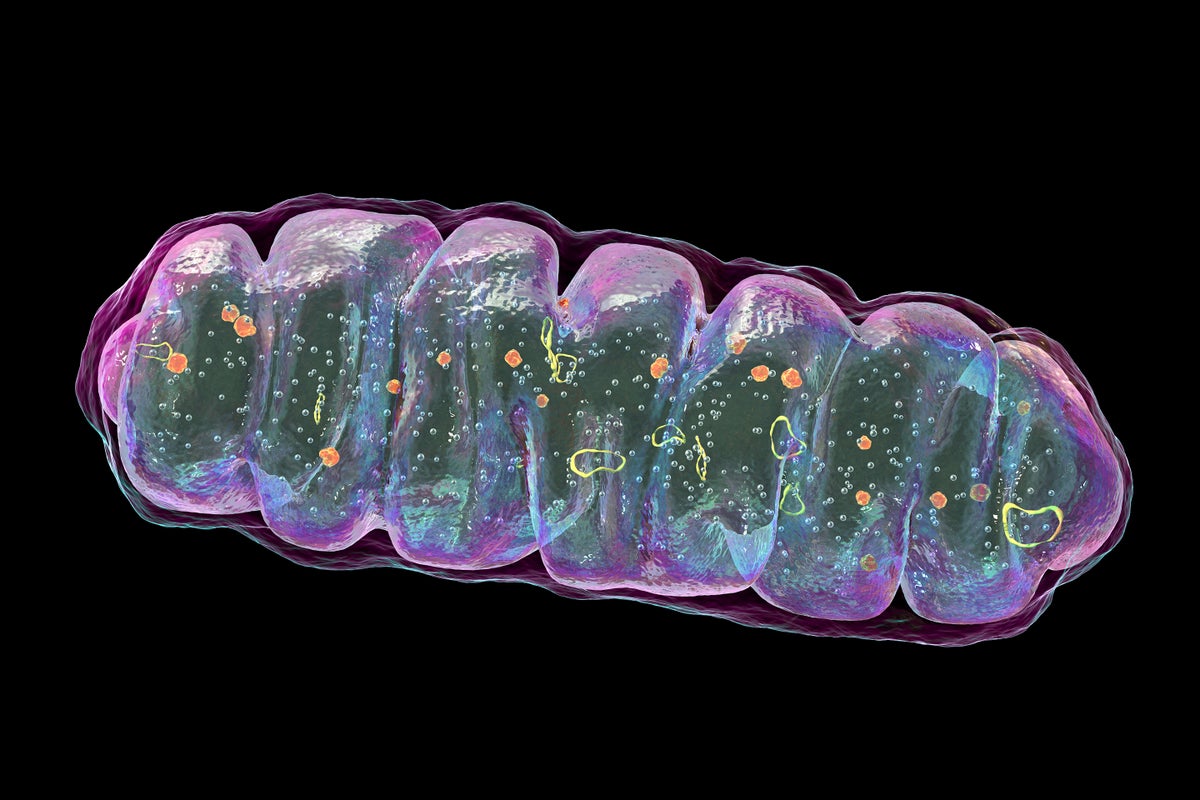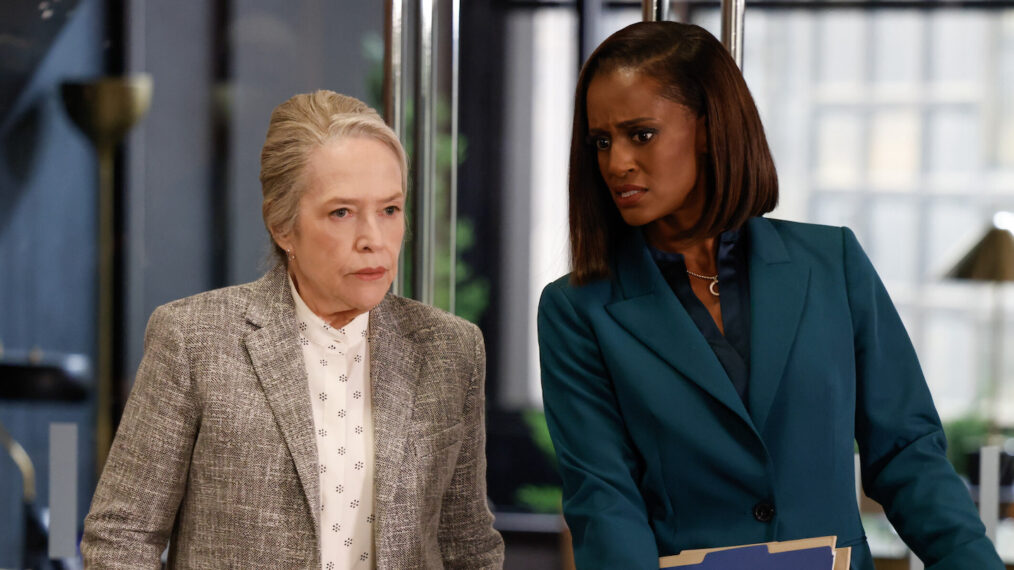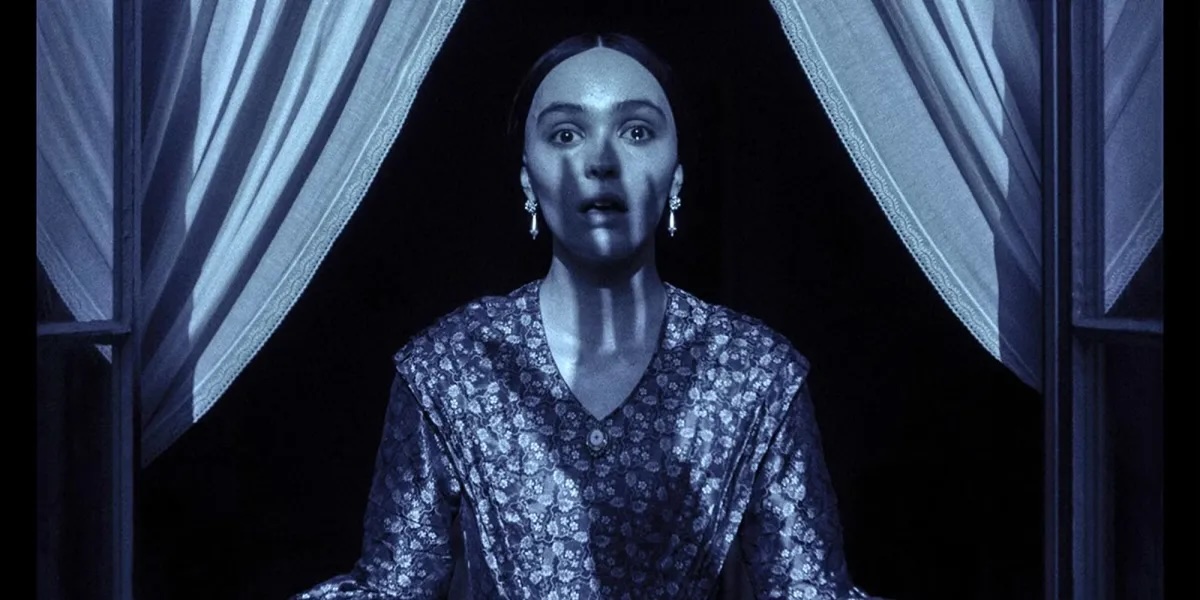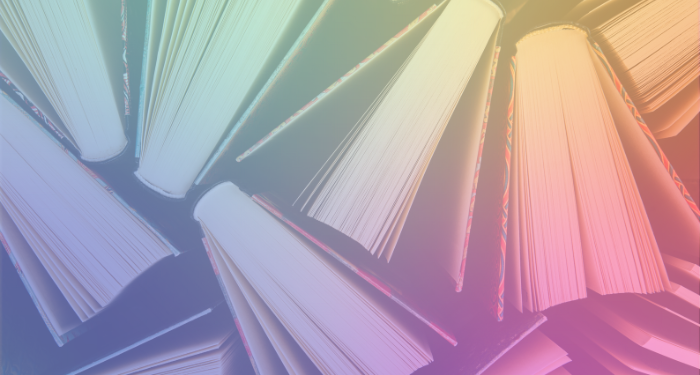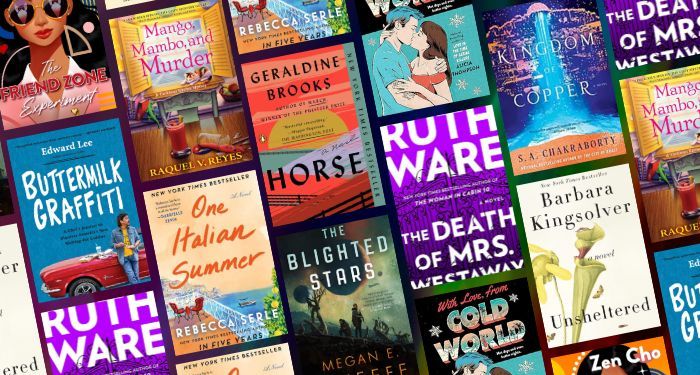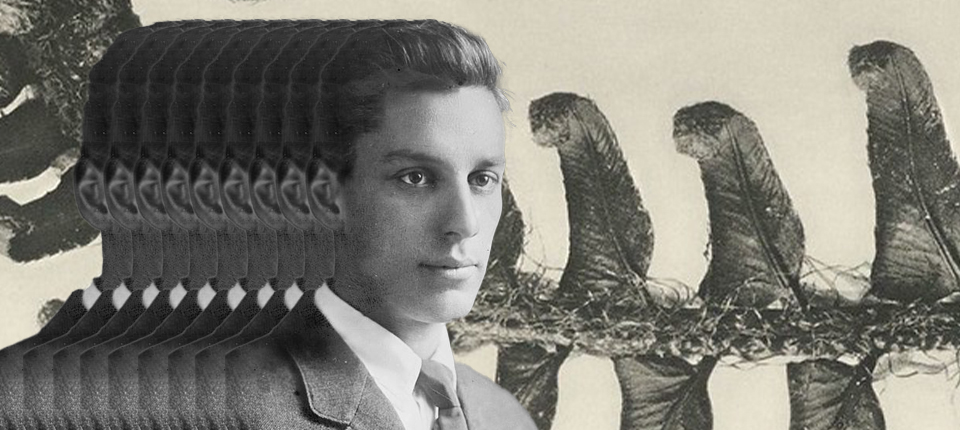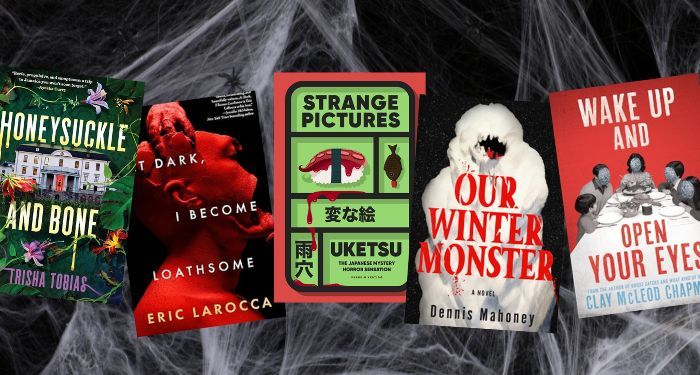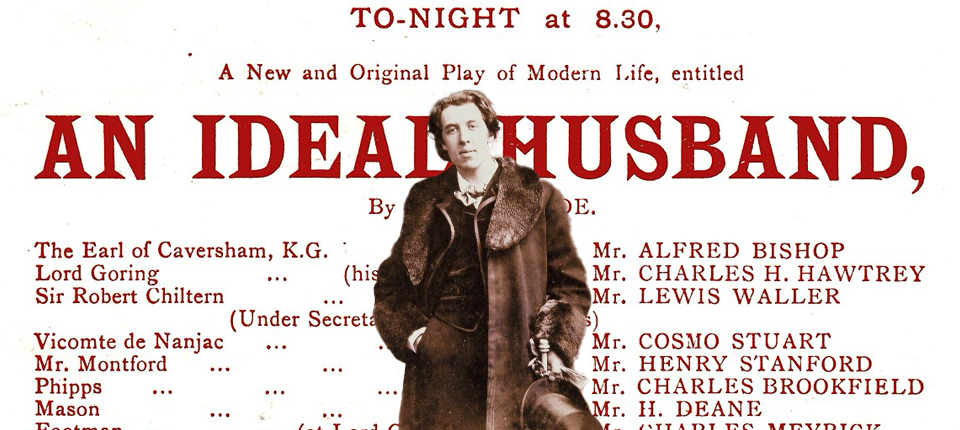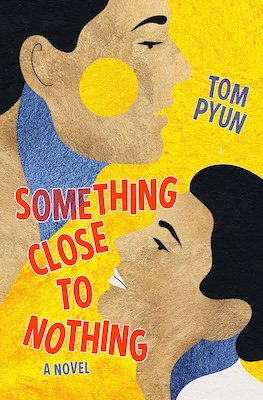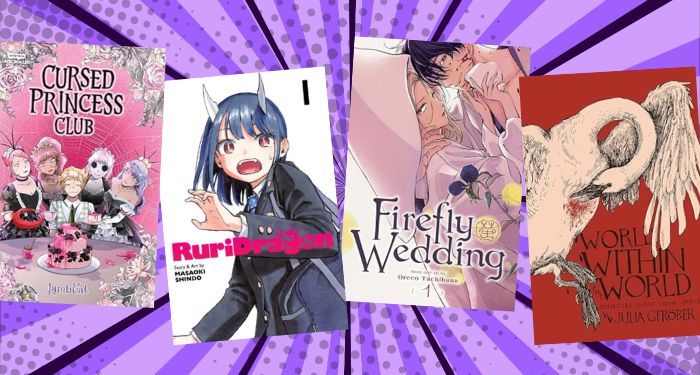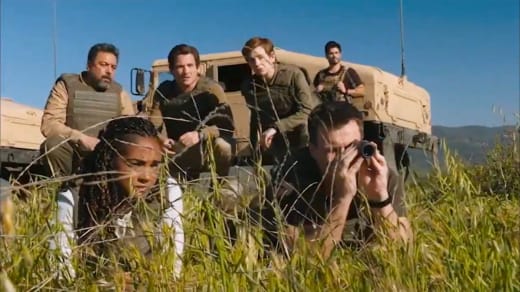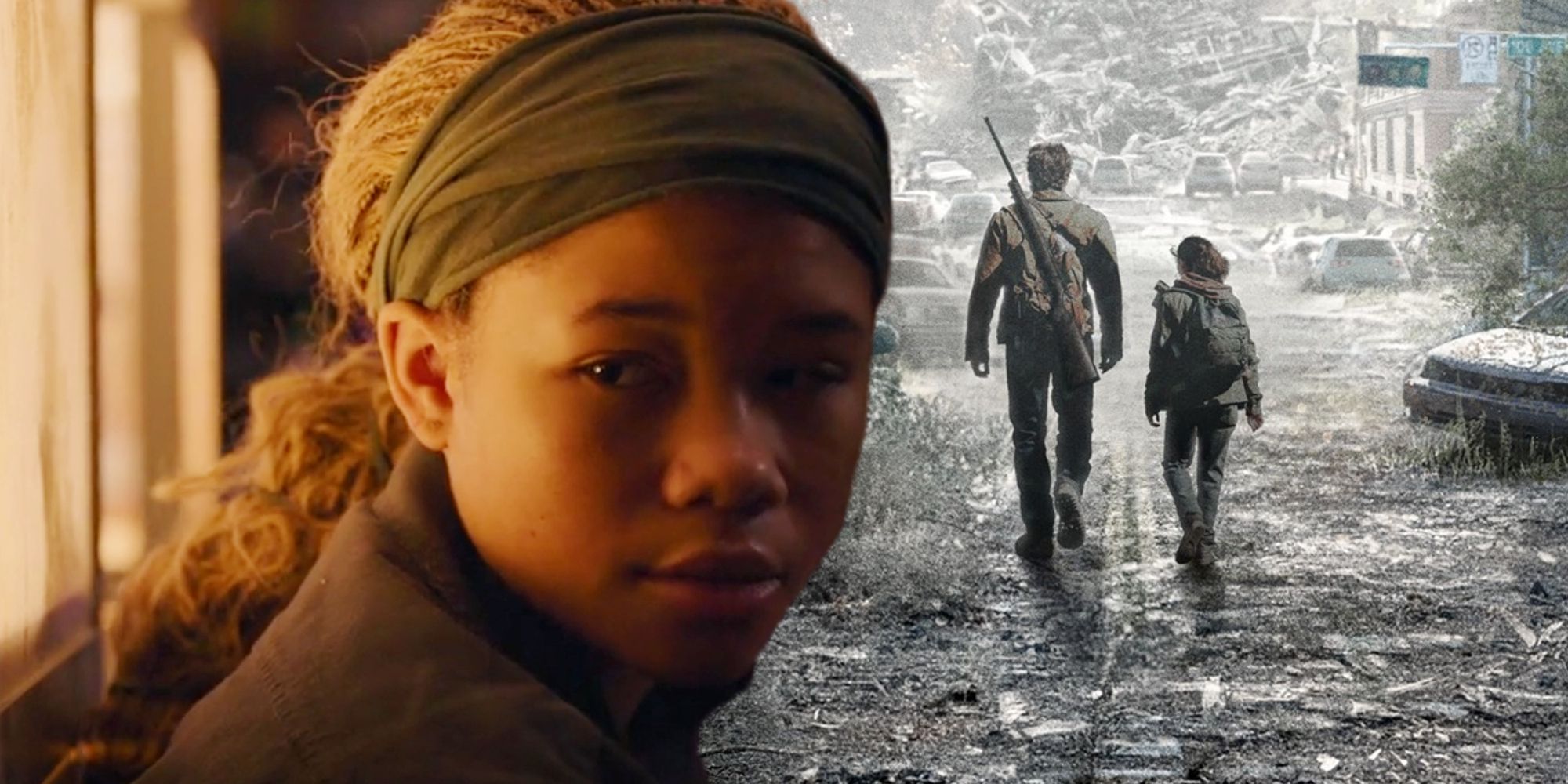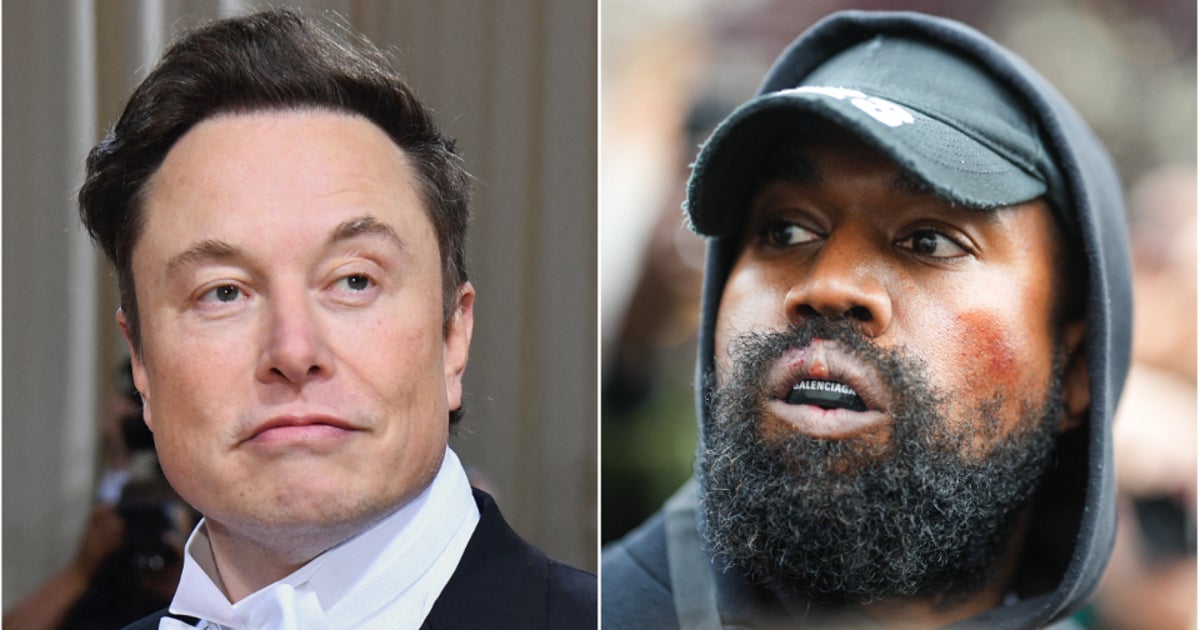I used to think there was nothing more embarrassing than to write about the internet. It wasn’t literary, I thought, and to give it a place in my fiction would be to admit not only how much time I spent online, but how much this time meant to me. Besides, who was I to write about the internet when I didn’t even have a Twitter following? The fact that I spent my last waking moments every night scrolling and needed the bright light of my screen to wake up every morning seemed irrelevant.
Throughout my twenties I struggled with a horrible novel set in the early 2000s. Though I’d been alive during this time, the era felt prehistoric. My prose was labored and all attempts at historical accuracy were lifted from web articles like “10 things that happened in 2003.” It was only when I moved the basic structure of the novel up twenty some years to a dystopian-ish near future that it came alive and began to take shape as Mood Swings, my debut out this spring. A key component of that modern world? A heavy dose of the internet.
Set in a world where all animals have been eradicated by a tech billionaire, one of the central tensions in Mood Swings is between the corporeal and online worlds. I’ll be the first to admit that by 2024 this isn’t exactly a groundbreaking trope, so I was conscious that to explore these themes in my work would require a nuanced approach. From activist Twitter to cancel culture, conspiracy message boards, YouTube comments sections, and social media stalking weirdos from high school, the internet of Mood Swings is both dull and scandalizing, earnest and apathetic, frivolous and threatening.
Here are some of my favorite books that model how dynamically the internet can be depicted on the page:
So Sad Today by Melissa Broder
This collection of personal essays was born out of Broder’s once anonymous twitter feed. So Sad Today explores anxiety, sex, love, and medication with humor and vulnerability. The essay, “Love Like You Are Trying to Fill an Insatiable Spiritual Hole with Another Person Who Will Suffocate in There,” illustrates how online intimacy can mutate once our bodies get involved IRL. It features extended excerpts of Broder’s (very raunchy) text conversations with a young man she becomes involved with when she and her husband experiment with an open marriage. We might be tempted to read this kind of communication as inherently shallow, but the way Broder contextualizes this speech proves it is anything but. Plus, the essay’s conclusion is forever burned into my brain:
“Dating is sad. Online dating is sad. Attending holidays and weddings alone is sad. Marriage, too, is sad. But love, lust, infatuation – for a few moments, I was not sad.”
Y/N by Esther Yi
A young woman sees K-pop superstar Moon in concert and falls under his spell. From livestreams to fan fiction sites, there is no better place for her obsession to breed than on the internet. Yi’s unnamed narrator quickly reorients her life in service of this contemporary worship and embarks on a bizarre journey from Berlin to Seoul. What makes this book really stand out is how Yi contrasts her outlandish subject matter with precise and cerebral prose, elevating what an “internet novel” can and should be.
literally show me a healthy person by Darcie Wilder
Darcie Wilder’s bold and strange novel feels a little bit like reading a diary and doom scrolling at the same time. Told through fragments that range from a few words to a few pages, Wilder’s narrator is deceptively blasé and shockingly devastating as she recounts quotidian observations, embarrassing sexual exploits, and the death of her mother.
Any Man by Amber Tamblyn
A truly bizarre specimen of a novel, this book feels like diving head first into the Jezebel comments section. Tamblyn’s blend of poetry, prose, tweets, and DMs follows a female serial rapist on the prowl for her next male victim. As police investigate and the media sensationalizes the crimes, the novel forges a nuanced and provocative exploration of rape culture.
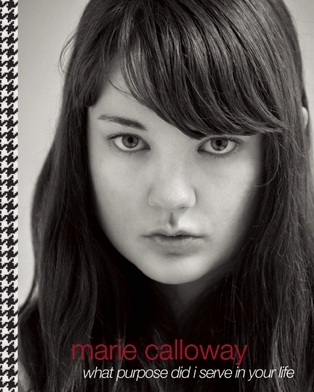
what purpose did i serve in your life by Marie Calloway
A collection of first person stories, nudes, Facebook chats, and hate mail, this book feels like holding the internet in your hands. What purpose did i serve in your life centers primarily on Calloway’s interactions with men in various cities across the US and UK. Some are friends she knows from the internet, some are sex work clients and one is a well known editor with a live-in girlfriend. She writes with a detached but unflinching realism that’s hard to look away from. The cover itself, an 8×10 portrait of the author, makes you feel like Calloway is staring you down. It’s the kind of book that’ll make you miss your stop on the subway – that is if you’re brave enough to read it in public.
I Am Here by Ashley Opheim
The world of Opheim’s debut collection is populated with online quizzes, “pokes” on Facebook, Kombucha brand identities, Dijon mustard, and making out. “What if a group of experimental, full funded scientists took an immense interest in your aura and decided to try and understand it?” she writes in “Aura Pixels.” “What if they took some peyote to heighten their energetic experience and then published their findings on a website that is somehow everyone’s homepage?” A singular ode to the sheer miracle that is being alive, I Am Here is driven by the great invisible forces that shape our existence: love, peace, desire, and wifi.
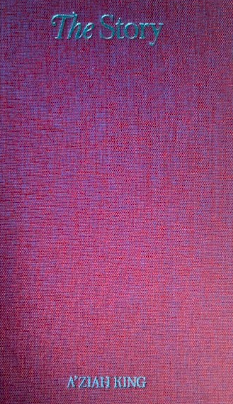
#thestory by Aziah “Zola” King
May we all remember where we were when we first read the Zola Twitter story. Our narrator meets “this white bitch at hooters” who invites her on a trip to Florida where they can earn big money on the nightclub scene. What ensues is an impeccably paced madcap quest that was eventually made into a 2020 film written by Jeremy O. Harris. It’s truly incredible how much characterization and suspense Zola’s able to build through a series of tweets, which should serve as a lesson for us all to both embrace and transcend whatever form we’ve chosen to tell our stories.



